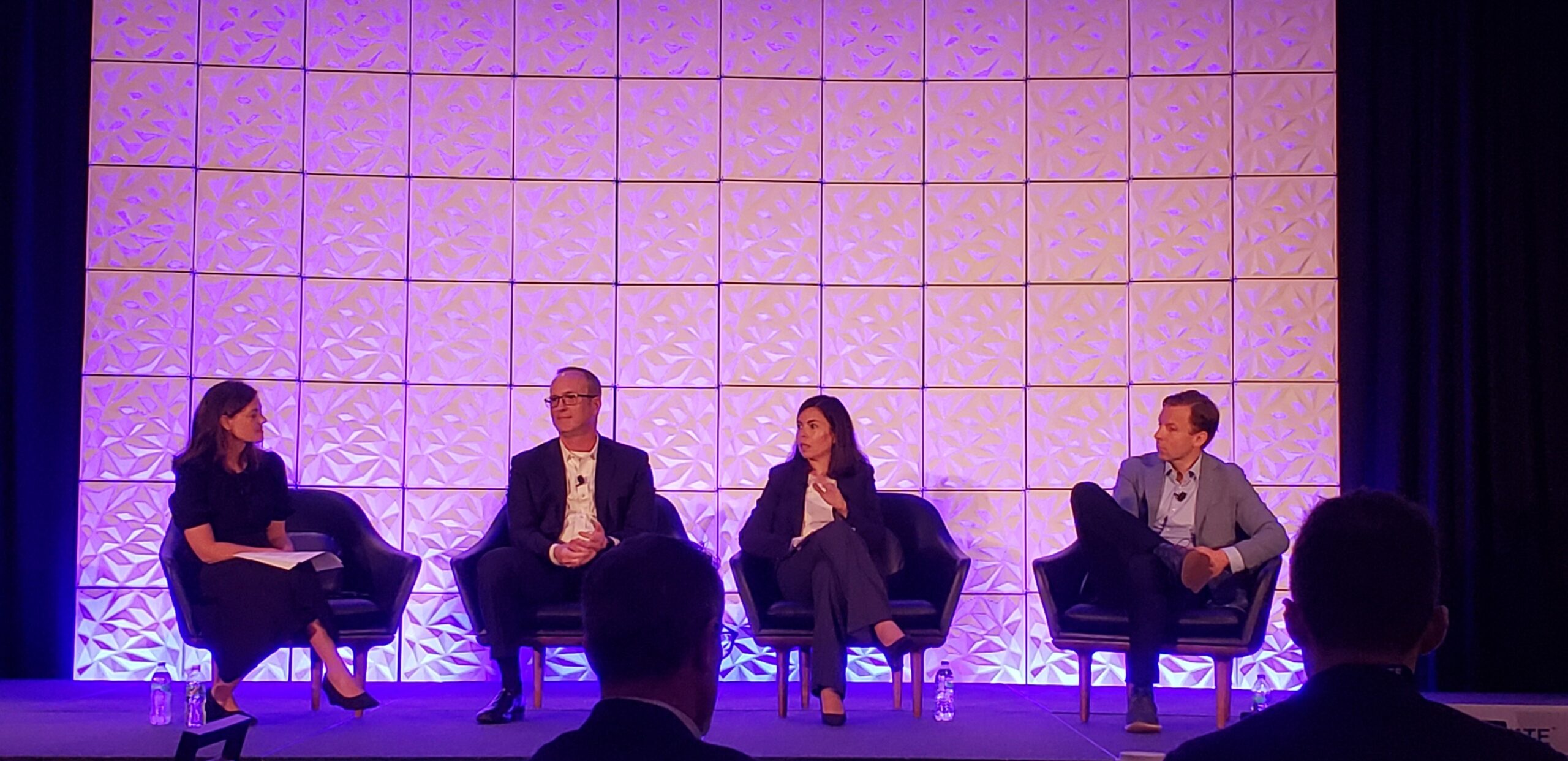Referrals remain one of the strongest drivers of growth for RIAs. Yet DeVoe data shows that most advisors aren’t trained to ask for them.
This year’s DeVoe Elevate conference in Nashville underscored the need for RIAs to build systems for referrals. They must define who their ideal clients are, and structure their businesses to support those clients.
But few firms are measuring the true cost of acquiring a new client. Several speakers at Elevate pushed firms to stop relying on chance and start making this a team-wide priority with training, clear goals, and regular tracking.
For some, the limiting factor is capacity. Advisors who stretch themselves thin, serving too many non-ideal clients, feel the pressure to refocus their time and efforts on generating growth. Segmenting clients based on potential lifetime value and adjusting service levels accordingly offers one way to fix that. Speakers also encouraged advisors to reposition their firms to meet the expectations of their target clientele.
Keynote speaker Mark Tibergien, former Pershing CEO, pushed advisors to reconsider what defines a strong client relationship.
“Stop defining your optimal client by assets,” he told the room. “It’s not about the money I make, it’s about the decisions I make,” Tibergien said.
His point landed clearly in a room full of advisors focused on growth, reinforcing that long-term value often comes down to alignment and trust, not just account size.
Technology came up often, especially in conversations about scaling the back and middle offices. Tools like CRM systems and AI can improve efficiency, but they should support advisors rather than replace the relationships they manage. During a panel discussion, Salesforce CRM consultant Shell Black encouraged firms to audit their tech stacks.
“Make investments in technology where AUM is coming from in the future… the next 10 to 20 years, not where it is today,” Black said.
Speakers also emphasized the importance of human capital through leadership development and accountability. That includes building defined career paths, encouraging mentorship, and recognizing internal contributors who are driving results. Organic growth doesn’t happen just because the markets rise or a referral shows up. It takes structure, intention, and a willingness to revisit how the business is actually operating.
